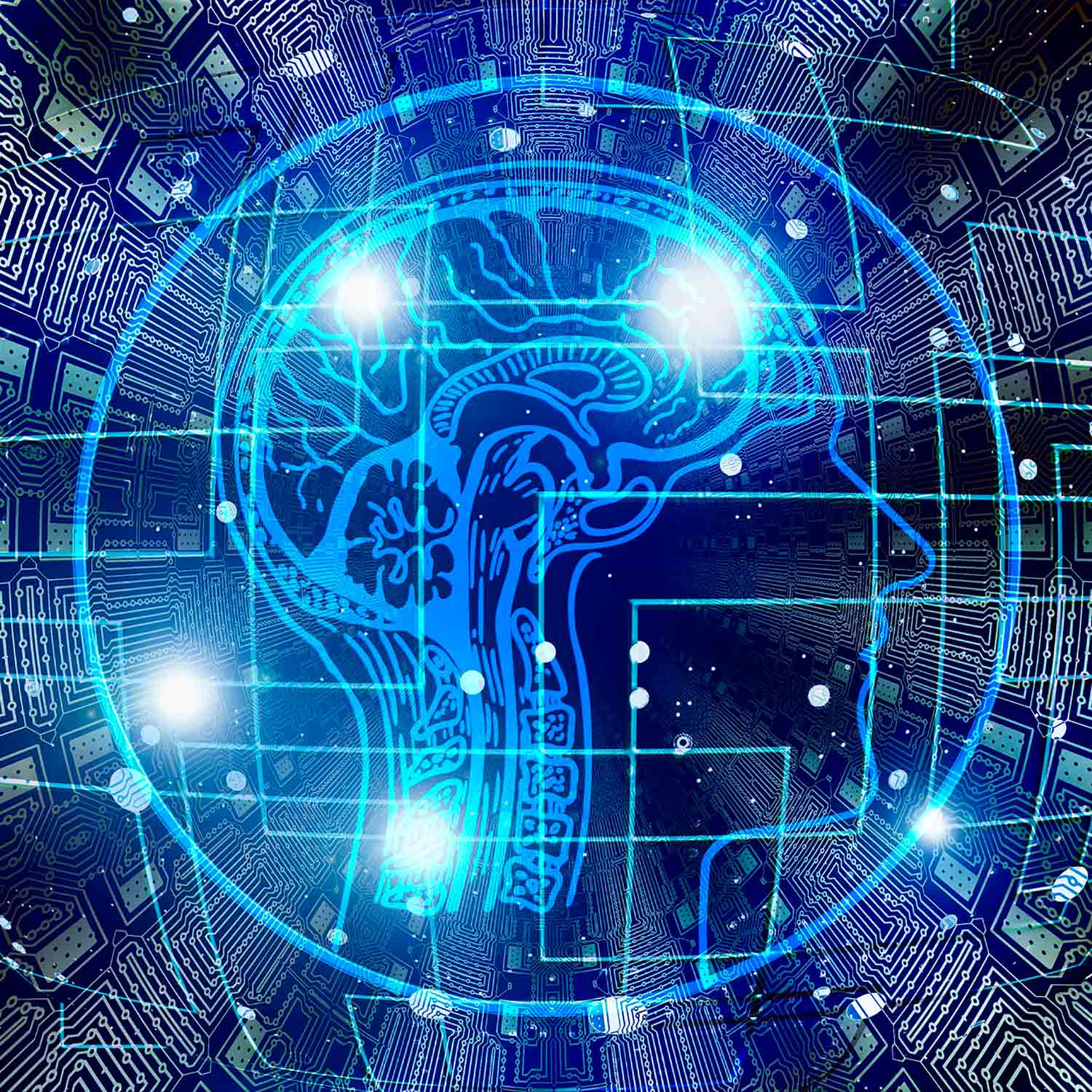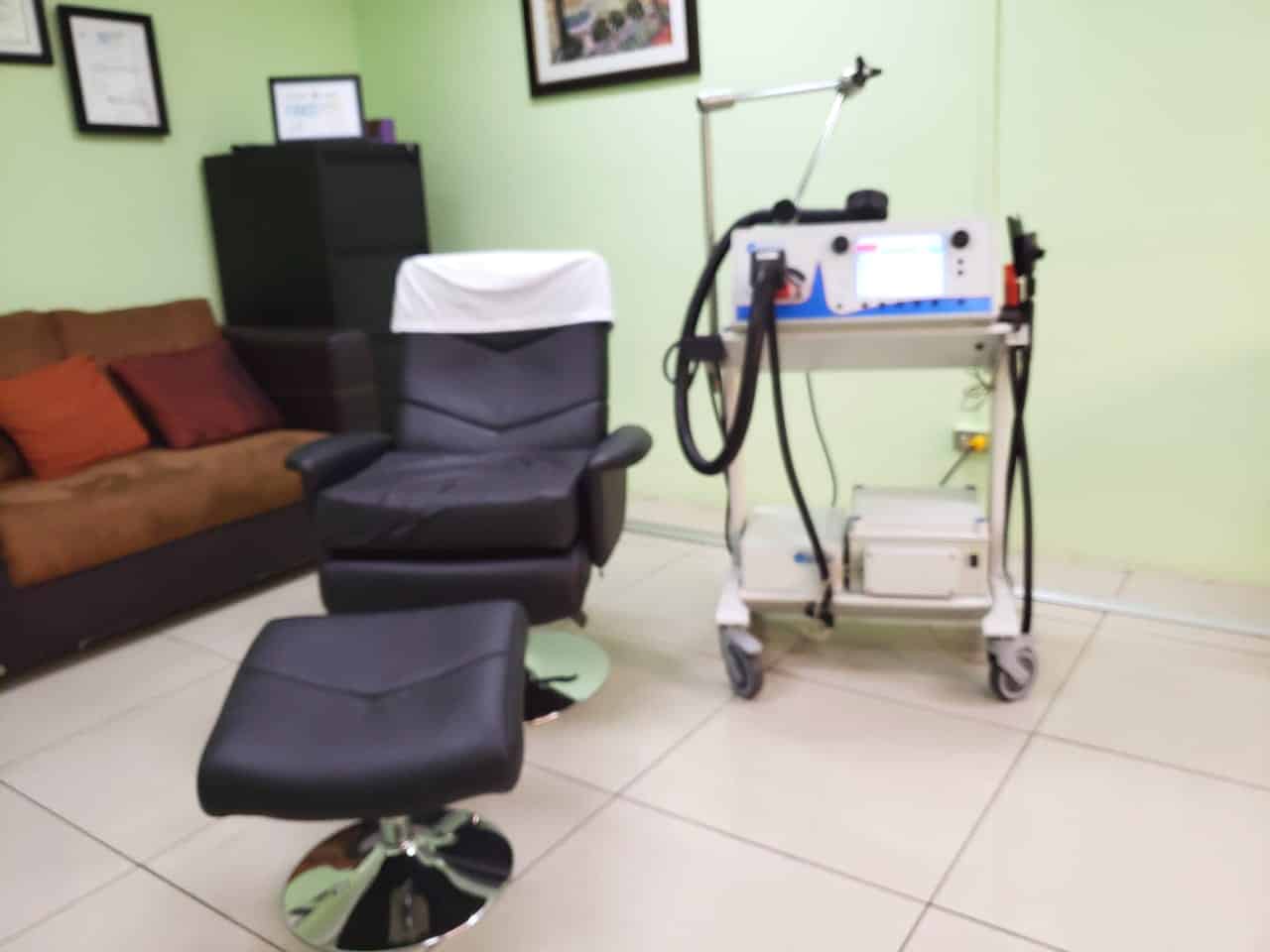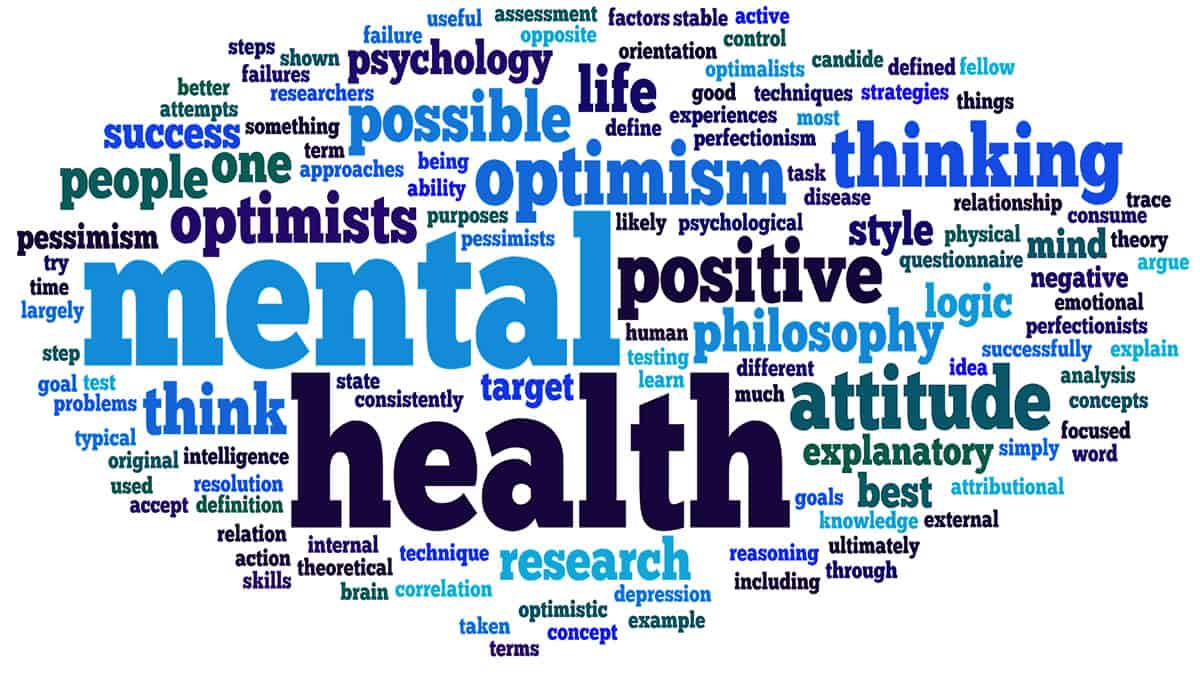Dr. Edgar Castillo Armas. Fresno, Calif.
Lecture given at the Clinical Conversation, October 29, 2019
One of the myths that exist in psychiatry is that mental illness or psychiatric illness is caused by an internal chemical imbalance. It is a myth that has persisted for many years and has been spread by psychiatric circles and other professional mental health groups. It’s a myth, because the American Psychiatric Association and others have never said that’s true. In 1978, the American Psychiatric Association issued a statement stating that psychiatric disorders result from the complex interaction of physical, psychological, and social factors, and that their treatment must be directed toward each of these three areas.
However, the pharmaceutical industry frequently presents an extrapolation of pharmacological studies applying them to pathophysiology, which cannot be done directly, because the neurotransmitter theory is quite limited and the results of interventions based on this theory cannot modify the neurotransmitter theory. basic causes of depression, but above all favor the improvement of certain symptoms found in severe clinical depression. In short, there is no mental health professional who can claim to have a universal understanding of clinical depression. Even with scientific advances to date, an absolute explanation is beyond comprehension. It is necessary to return to basic elements of human nature and explore in detail obvious but forgotten ideas that connect the essence of existential melancholy with the alteration of brain mechanisms.
Science and its technological advances explain to us that genetic vulnerability, traumatic brain accidents, inflammation, acute and chronic stress of physical and psychological origin, and alteration of brain circuits all contribute to the clinical expression of depression; however, the lack of effectiveness of the treatments needs explanation. For this, it is necessary to continue the investigation and resort to the social disciplines that were the framework of the brain disease that causes the greatest disability, a serious comorbidity and alarming suicide rates.
Clinical depression is a highly prevalent brain disease that causes enormous physical and mental disability worldwide. Clinical depression affects 350 million people in the world. The comorbidity of depression, which affects other organs and systems, has been demonstrated in mortality studies, pointing to cardiovascular disease as the most common cause of accelerated death in depression.
The connection between suicide, alcohol use and depression is well established and occurs in alarming numbers. There are more than 40 antidepressant medications that are used alone or in combination with mood stabilizers and antipsychotics. But referral rates remain well below 50%.
One reason that partially explains this outright failure is that primary treatment efforts have been aimed at being monoaminergic (serotonin, norepinephrine, dopamine).
Recently, there has been renewed attention to the role of other neurotransmitter and endocrine systems such as acetylcholine, glutamate, neurosteroids, and the endogenous opioid system in the core symptoms of depression.
Ketamine, in addition to blocking NMDA (N-methyl-D-aspartate) receptors, activates opioid peptides and receptors and therefore shows a very rapid antidepressant effect.
Activation of the endogenous opioid system is strongly associated with positive behaviors and is modulated by positive experiences such as exercise, social interaction, laughter, gastronomic pleasure, and music.
This system also contributes to positive mood regulation, social rewards, such as enjoyment of certain activities, and resilience.
The neuro-steroid brexanolone has recently been approved by the FDA in the US as a treatment for postpartum depression. This steroid is chemically identical to allopregnanolone, an endogenous human hormone, and potentiates GABAergic action. Controlled clinical studies have established that, after a 60-hour intravenous infusion, administered over two and a half days, treatment with this compound results in marked improvement in symptoms of postpartum depression. The treatment, while still considerably onerous, has been reported with few side effects and virtually no serious risk.
Since the early 1990s it has been known that repetitive magnetic stimulation of the brain resulted in cortical arousal. This has been in line with research results showing decreased prefrontal lobe activity in the brains of patients with symptoms of clinical depression. The obvious conclusion that needed to be demonstrated was that, using transcranial magnetic stimulation, the function of that region could be reactivated. A better understanding of the complexity of brain function and its relationship to other body systems is expanding the psychiatrist’s equipment for more effective treatment of depression.
It is no longer enough to use monoaminergic neurotransmitter theory alone to adopt a diagnostic/therapeutic algorithm that results in successful management of treatment interventions.
Promising new areas of research and exploration are signaling the waning era of monoamines and helping to disprove the myth of chemical imbalance as the cause of mental illness.
Recommended Readings
Köhler-Forsberg O, Nicolaisen Lydholm C, Hjorthøj C, et al (2019). Efficacy of anti-inflammatory treatment on major depressive disorder or depressive symptoms: meta-analysis of clinical trials. Acta Psychiatrica Scandinavica 139: 404-419.
Nolan R. Williams, M.D., Boris D. Heifets, M.D., Ph.D., et al (2018). Attenuation of antidepressant effects of ketamine by opioid receptor antagonism. American Journal of Psychiatry 175:1205-1215.
Fernanda S Correia-Melo, Felipe C Argolo, Lucas Araújo-de-Freitas, Gustavo Carneiro Leal, Flávio Kapczinski, Acioly Luiz Lacerda, Lucas C Quarantini (2017). Rapid infusion of esketamine for unipolar and bipolar depression: a retrospective chart review. Neuropsychiatric Disease and Treatment 13:1627-1632.
Jennifer L. Phillips, Ph.D., Sandhaya Norris, M.D., Jeanne Talbot, M.D., Ph.D., Meagan Birmingham, M.A., M.B.A., Taylor Hatchard, Ph.D., Abigail Ortiz, M.D., Olabisi Owoeye, M.D., Lisa A. Batten, Ph.D., Pierre Blier, M.D., Ph.D. 2019. Single, Repeated, and Maintenance Ketamine Infusions for Treatment-Resistant Depression: A Randomized Controlled Trial. American Journal of Psychiatry 176:401-409.
Fernanda S. Correia-Melo, MDa, Gustavo C. Leal, MDa,b, Michelle S. Carvalho, MScc, et al (2018). Comparative study of esketamine and racemic ketamine in treatment-resistant depression: Protocol for a non-inferiority clinical trial. Medicina 97: 38(e12414).
Stephanie Winkelbeiner, M.Sc., Samir Suker, M.D., Hanta Bachofner, M.Sc., et al (2018). Letter to the Editor: Targeting Obsessive-Compulsive Symptoms With rTMS and Perfusion Imaging. American Journal of Psychiatry 175:80-81.


